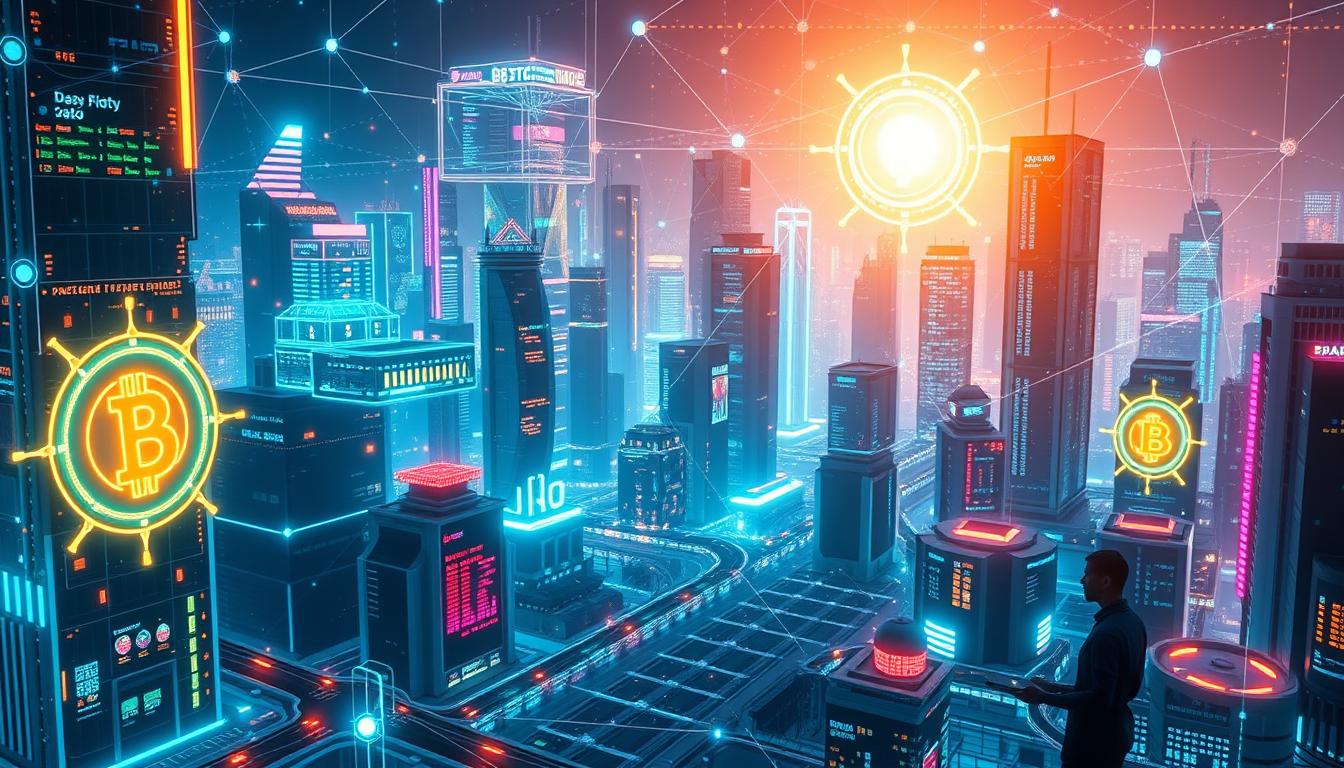A Decentralized Autonomous Organization (DAO) is a new kind of organization that runs without a central authority. Instead of a CEO or board making decisions, a DAO operates through smart contracts on a blockchain—automated programs that follow predefined rules. Members of a DAO use governance tokens to vote on decisions like how to spend funds or what direction the project should take.
All actions and votes are recorded publicly on the blockchain, making the process transparent and open. This model allows for community-led governance, where anyone holding tokens can participate. While DAOs are designed to promote decentralization and collective decision-making, they also come with challenges like slow coordination and security risks if the smart contracts aren’t well written.

